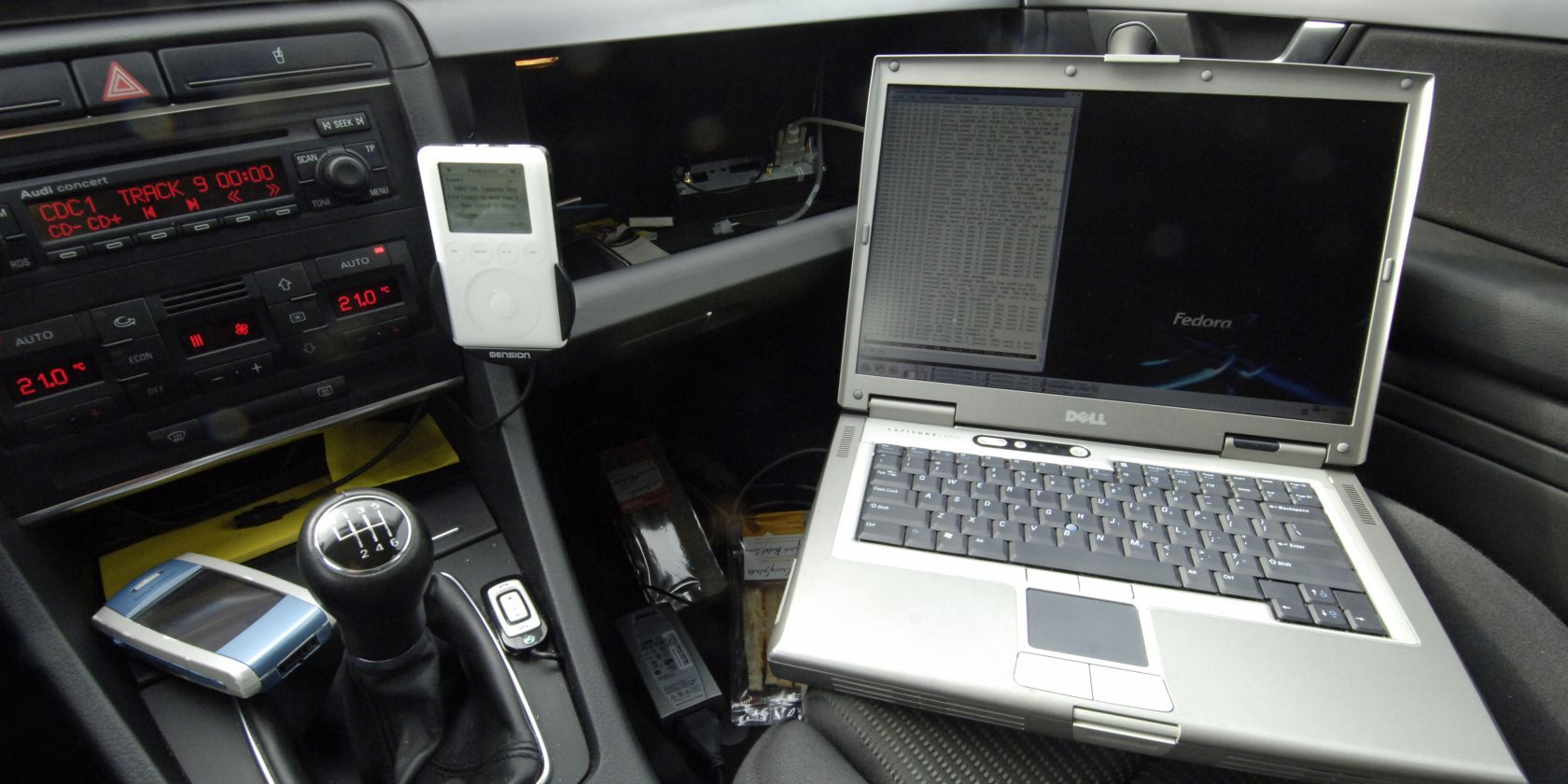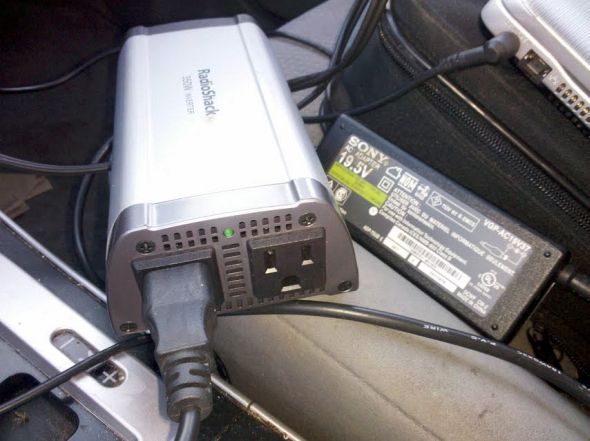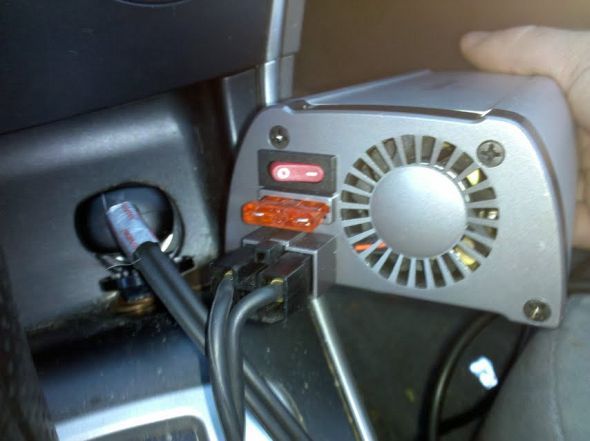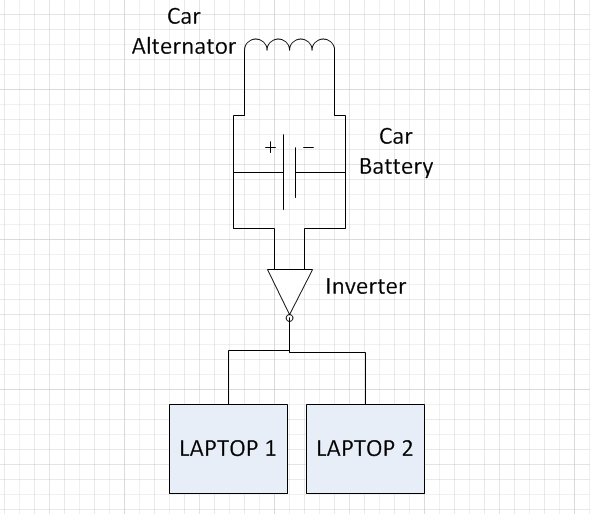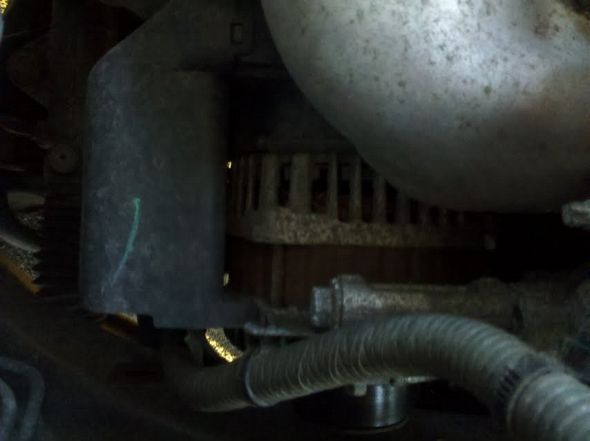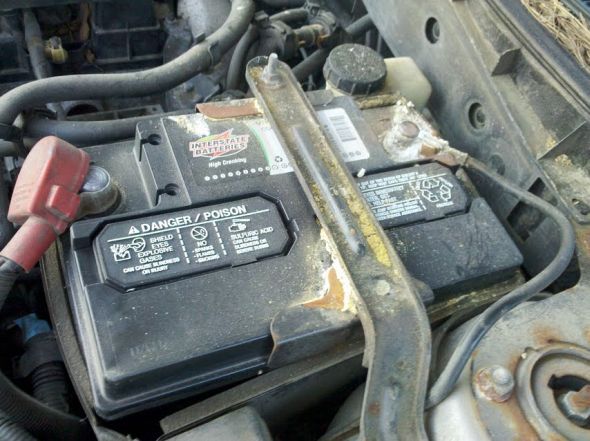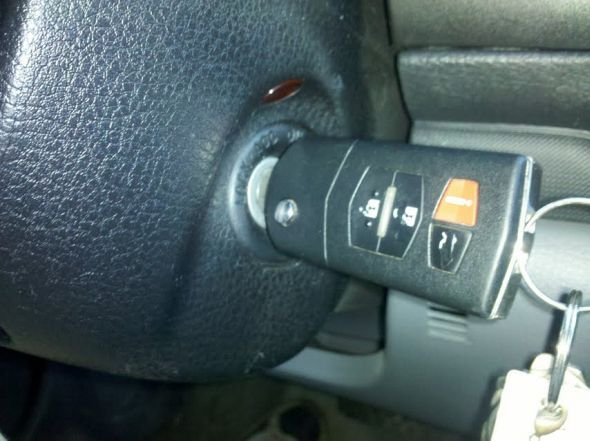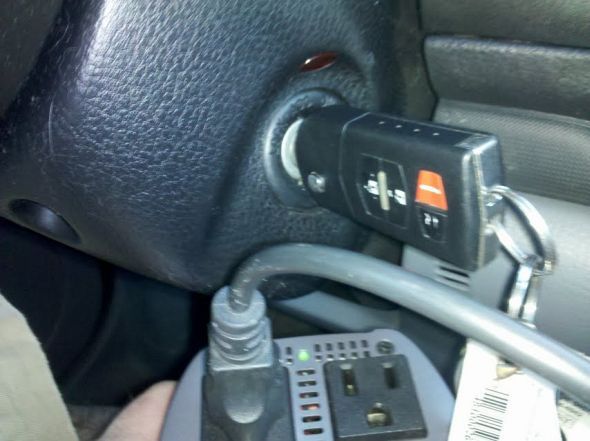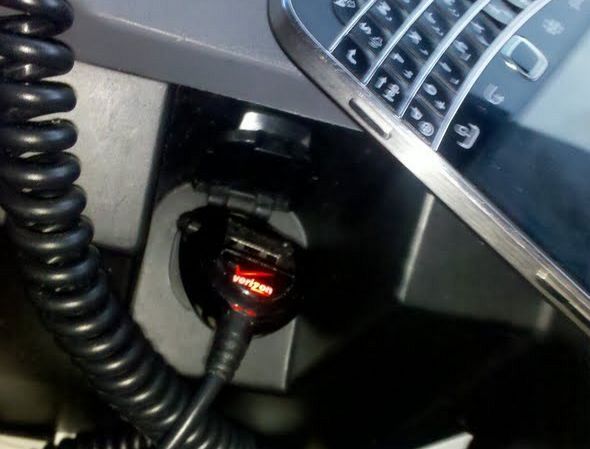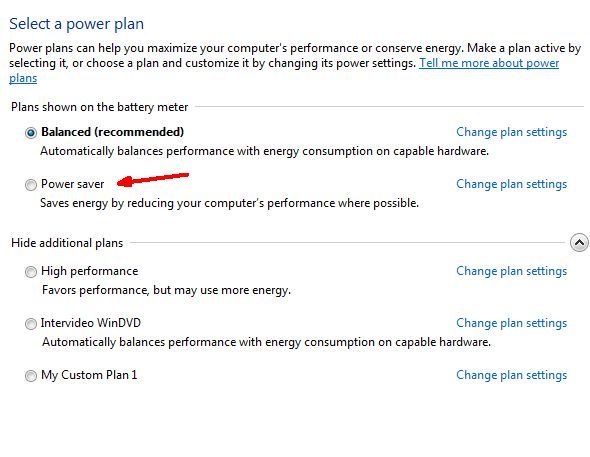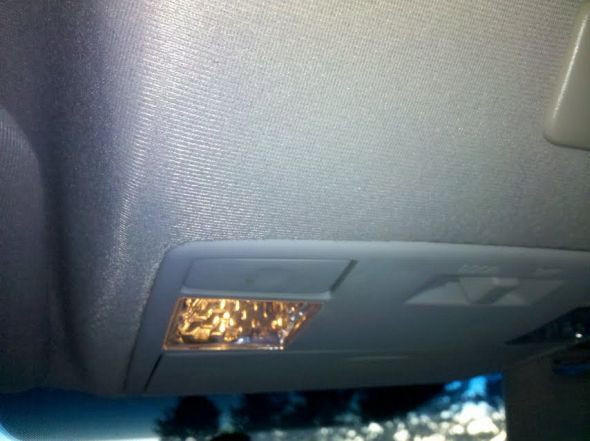Have you ever found yourself hovering on the edge of an online catastrophe, trying to resolve some issue at work via your VPN link, while your laptop's battery level continues to sink down to 0%? This is a situation that a lot hard-working mobile users often find themselves in, and the options available to keep that laptop battery charged are not as well-known as you might think.
Yes, you need an outlet. If you're camping, you might desperately attempt to locate an outlet available on the outside of a building somewhere. If you're traveling, you might stop at a rest area and hope that the roadside facility is equipped to handle technology-laden travelers like you. However, if you really want to be prepared for high-powered computing when you're on the go, there are certain things you can do to ensure not only that you have power for that laptop anytime and anywhere, but also that the power lasts as long as possible.
There are a number of different aspects to consider when you're looking to prolong the battery life of your laptop when you're using it on the go. There are, of course, settings you can change on the computer itself to prolong its battery life when the laptop is unplugged, but beyond that, what about the process of recharging that battery? What is the smartest and most efficient way to keep your laptop battery charged without putting a tremendous strain on the charging system - like your car's own 12 volt battery?
In this article, I'm going to explain how the charging process works when you've got your laptop plugged into your car's battery (lighter socket), and how you can manipulate that setup to reduce the amount of fuel you use to recharge your car battery, and increase the amount of time that you can use your laptop while running off just the batteries that are available to you.
An Ideal Mobile Laptop Charging Setup
For my mobile purposes, I bought a 350 Watt inverter from Radio Shack that can plug into my car's lighter/electrical system. Wattage is the power demand of your laptop, and may also be called Volt-Amps by some. It is basically the voltage rating of the laptop power supply, multiplied by its rated current. For example, a laptop power supply that needs 19 Volts and draws a maximum of 4.75 Amps requires approximately 90.25 Watts of power.
It's nice to have a 350 Watt inverter, which would be powerful enough to charge two laptops and then some. Keep in mind that when you're using the unit, you will draw much more current out of your car battery, reducing the time you have available to recharge your devices before the car battery itself starts to drop too low. Here's my 350 Watt unit with the laptop plugged in and the unit turned on. This inverter has an LED on the front showing you that it is currently turned on.
Like I mentioned, I purchased this 350 Watt Inverter from Radio Shack. You can find them on Amazon for less than $40, or any other place that sells electronics. A good inverter unit will include both a switch as well as a fuse on the back, and a plug that goes directly from the back of the inverter into the car lighter/power socket. A unit like a 350 Watt Inverter also has its own cooling fan, so this will unfortunately draw some extra energy from your car battery as well - but it isn't enough to be concerned about.
To understand how such a mobile charging system works and how to make it function more efficiently, it's important to understand each component of the system and the part that it plays.
Components of a Car Charging System
The electrical supply system of a car actually isn't all that complicated, so long as you're not talking about the engine timing system or the computerized chip that runs it - that stuff can get a bit intense. However, the electrical power system that feeds the power outlets inside of your car actually consists of just a few major components that you need to be aware of in order to fully utilize the system with your mobile office.
Here is a very simple layout of the car's power supply setup with an inverter hooked up like the one I have pictured above.
This is an extremely over-simplified layout, but the main point here is to recognize what the major components are and what they do. The alternator is the one key to maintaining the long-term charge in the system. Your alternator will be buried somewhere in your engine, usually recognizable by the copper coils visible in the holes along the side of the housing, and operated by the engine via a rubber belt.
The alternator is connected to your battery - a 12 Volt powerhouse of electrical current that feeds all of the systems inside the cabin of your vehicle, through a bank of fuses (not shown in the diagram above). So long as your engine is running and turning the alternator, this 12 Volt car battery will continuously charge, and stay charged.
With an alternator to work with, there are some steps you can take to cycle through charging and discharging the battery - taking advantage of the life of your own laptop's battery as well - to reduce the time that your car has to stay running, and to increase the length of time you can use your laptop without the engine running.
Playing With Your Alternator
There are basically two modes of operation we're going to play with when you've got your laptop plugged into the inverter, and the inverter plugged into your lighter jack. First, you'll start your car, so the ignition key will be in the fully-on position.
Let the entire system charge while you're using your laptop. If you previously drained the laptop battery at all, then you'll see the laptop battery charging up at this point.
Once your laptop batter is at 100%, go ahead and turn the ignition of your car to the half-way position, so that the electronics in your car - like your radio, for example - still work. This runs everything, including the power jack (lighter port), directly off your car battery. While you were driving your car around, or running it to charge up your laptop battery, your car's battery was also fully charged by the alternator.
In this key position, the alternator is no longer turning, so while you're saving gas, you are now running completely off your car battery. You'll see that when the key is in this halfway position and your inverter is plugged into the car's power port, the power light on the inverter will still be on, indicating that it's still receiving input power from the car.
If you have a smartphone that you're using as part of your work in your mobile office, don't forget that some cars have a second port inside of the center console between the two front seats. Some people can own a car for years before realizing that they have this second source of power. This is a convenient way to keep your smartphone charged even though you're using the other power jack to power your laptop.
So, you might have run the car for a good 20-30 minutes while the laptop battery was charging. That's half an hour of good, solid power-fed computer time. Then, once you switch the car into this battery-powered mode, nothing will change. You can use your laptop in this state, drawing off your car battery, for an hour or more very safely.
Extending Your Battery Use Time
To extend the time that you can run in battery-only mode, make sure you've enabled the "battery saver" power option on your laptop.
If you want to increase the time that you can run off your car battery, manually switch your laptop to power saver mode even though it's plugged in.
During this time, you'll maintain 100% power on your laptop battery, but in the process you're slowly draining power from your car battery. How long this can go on depends upon how old your battery is, and what other systems you have running. If you've got the radio and fan turned on, it might draw down the juice a little faster.
A quick test to see how much power your battery has left is to quickly turn on the overhead light. Is it nice and bright, or do you notice that it's fading a little bit and not quite as bright as normal?
When you notice a change in the strength of that overhead light, it's time to completely turn off the car ignition and switch completely to laptop battery. Keep in mind that between running the car for about 30 minutes, running off the car battery for 2-3 hours, you've already worked for nearly 5 hours without even draining a single bit of your actual laptop battery life.
Once you're on laptop-only battery power, you're down to your last reserves. Here, it's critical that you're using power-saving features, like dimming the screen display for example. Depending how new your laptop battery is, and how much you've got running on the laptop, you can actually run in this state for anything from 1 to 5 hours.
The cool part is that after performing this slow stepped-drain routine that allowed you to work for 6 to 8 hours before draining all available power, all you have to do is turn on the car ignition again, let the alternator perform its magic and recharge both your car battery and your laptop battery in less than 30 minutes, and then you can start the process all over again!
Are you a mobile worker? Have you developed different tricks to prolong the amount of time that you can work off your batteries? Share your mobile worker tips in the comments section below!

